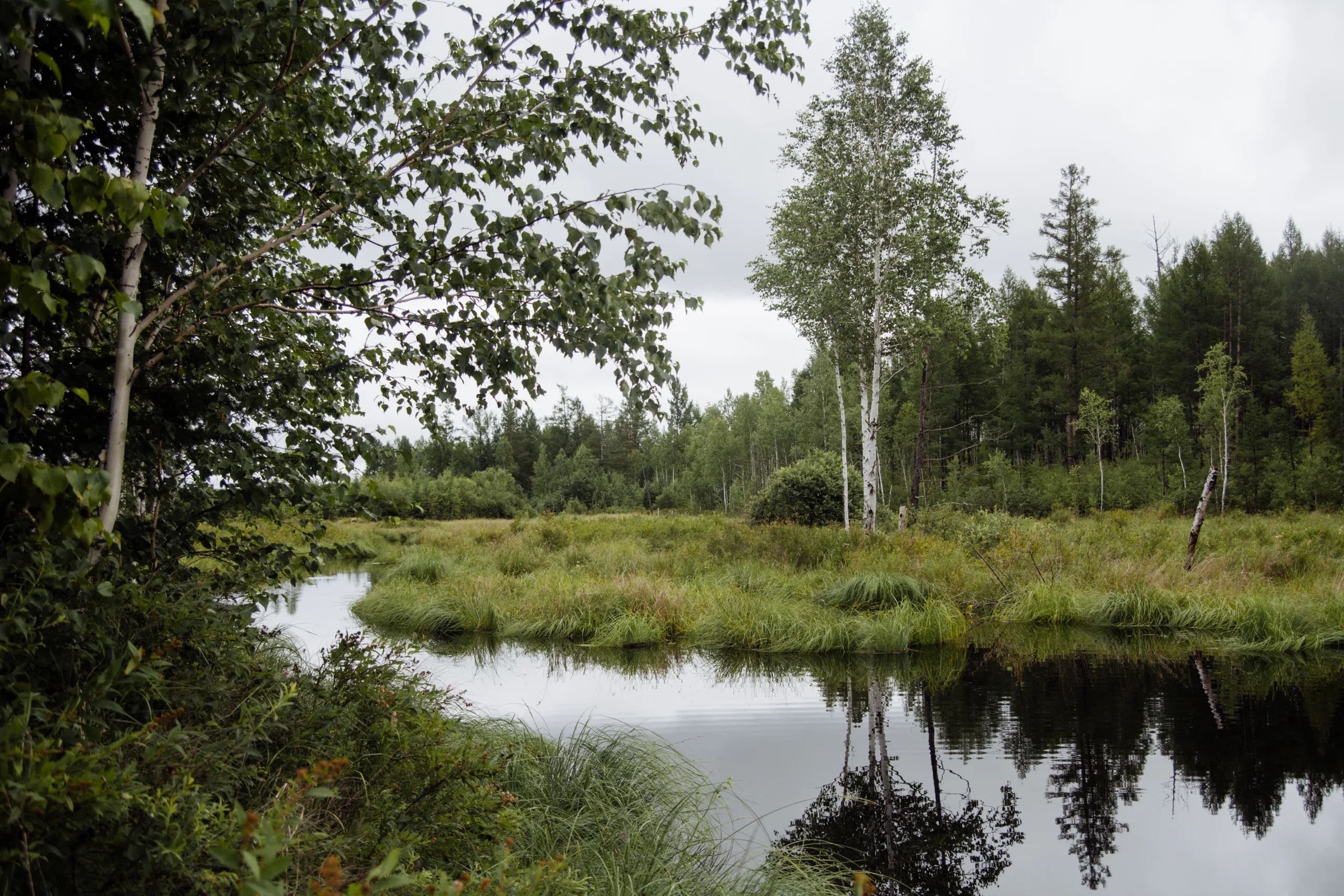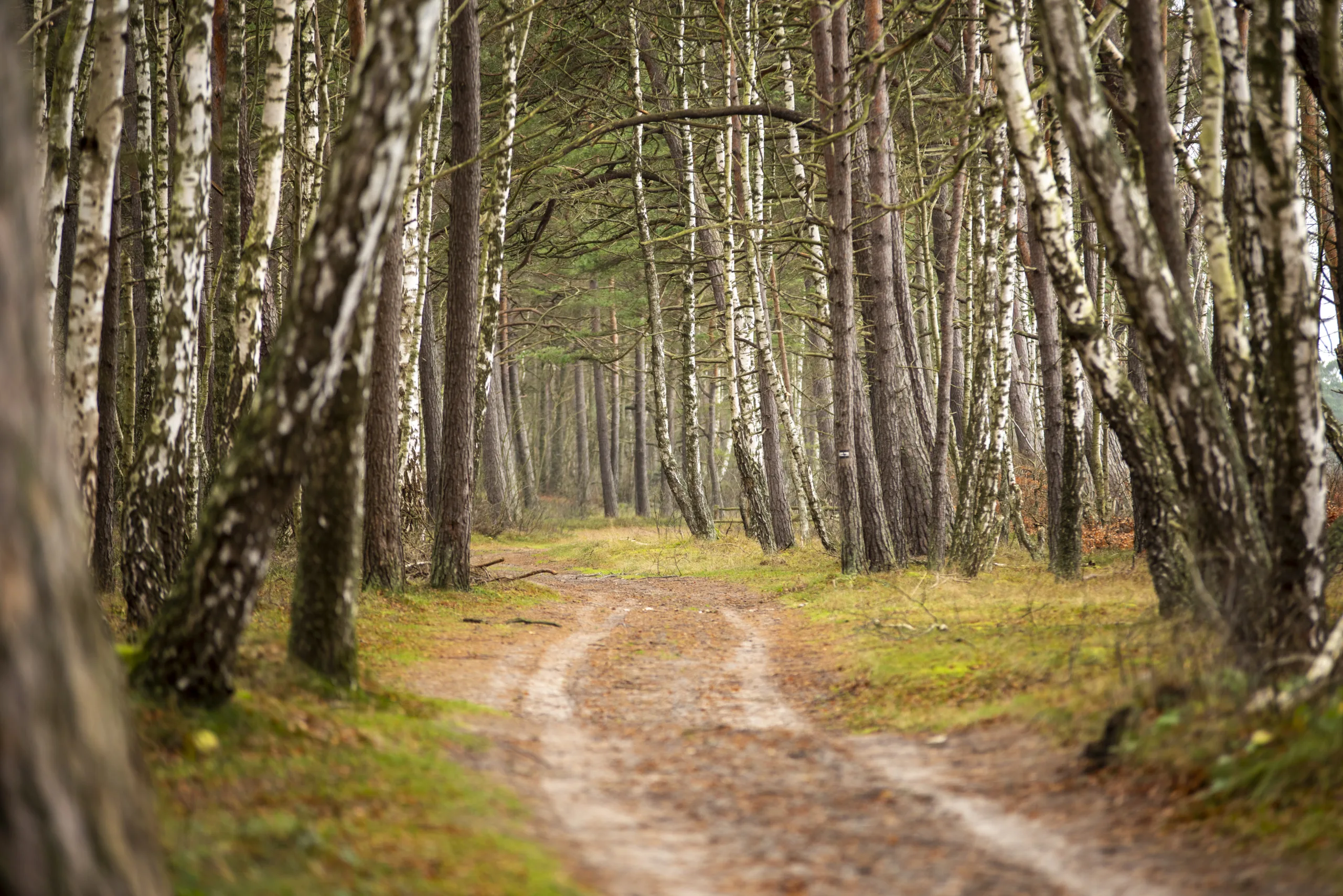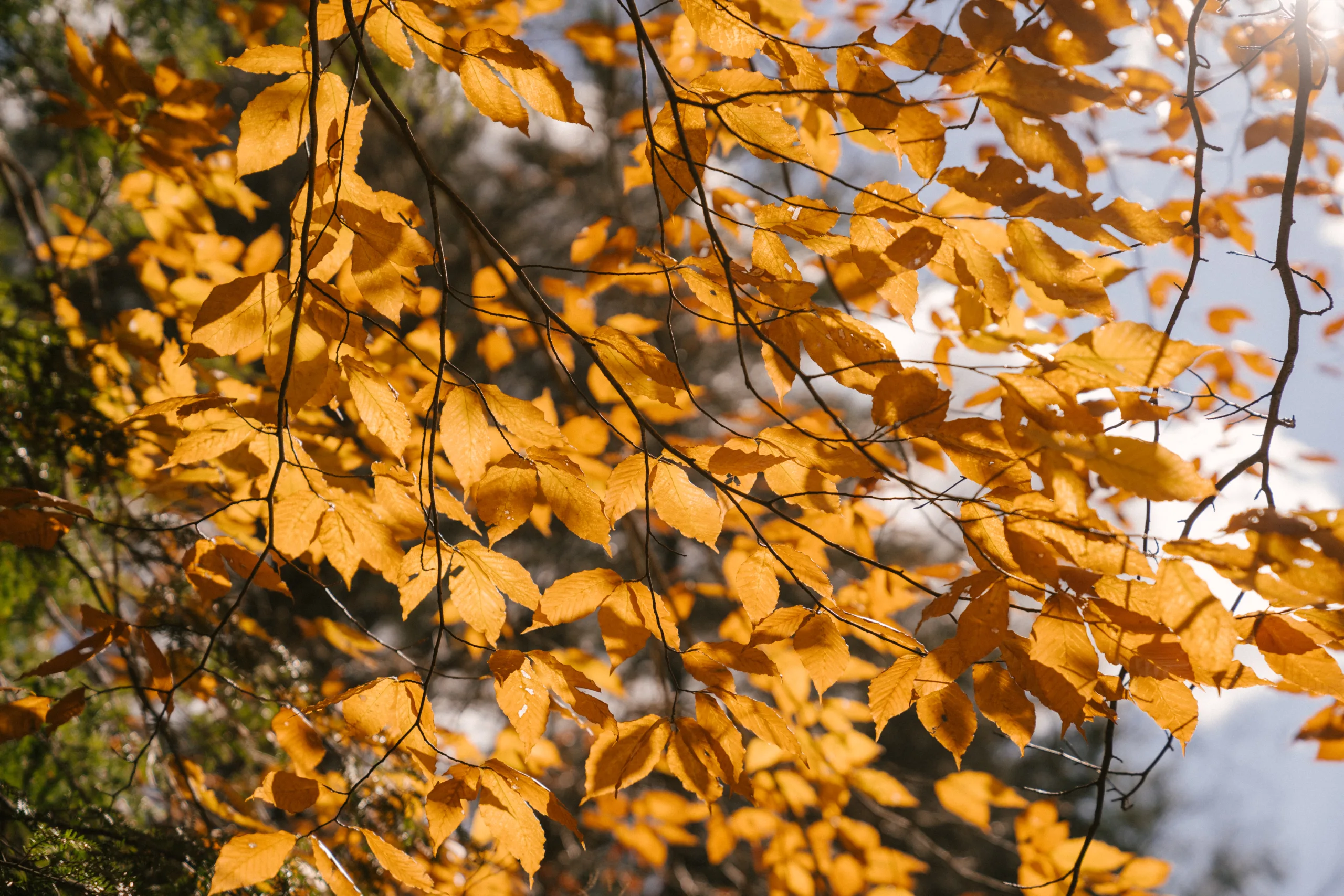Birch trees are a popular choice for landscaping, providing beautiful white bark and foliage. But do birches grow in Oklahoma?
The answer is yes, though there are some important considerations to keep in mind when planting birches in the state. The climate of Oklahoma can be unpredictable and some species of birch may not thrive in certain areas. In this article, we will discuss the types of birches most suitable for Oklahoma’s climate and which areas they prefer to grow in.
We will also consider how to care for birch trees once they are planted, to ensure they last for many years. With all this information, you can make an informed decision about whether a birch tree is right for your Oklahoma landscape.The climate in Oklahoma is generally classified as humid subtropical, with cool winters and hot and humid summers. The average temperature in the summer months can range from the mid 70s to the upper 90s, while temperatures in winter range from the mid 20s to the low 40s. Precipitation is abundant throughout all four seasons, but most of it falls during late spring and early summer.
What Trees Grow in Oklahoma?
Oklahoma is home to a wide variety of trees, including evergreen, deciduous, and flowering varieties. Some of the most common tree species in the state include Pinyon Pine, Blackjack Oak, Red Maple, Eastern Red Cedar, Eastern White Pine, and Bald Cypress. Pinyon Pine is an evergreen tree that grows up to 40 feet tall and can be found throughout Oklahoma. Blackjack Oak is a deciduous tree with glossy dark green leaves that grow up to 30 feet tall. Red Maple is also a deciduous tree with bright red-orange leaves that grows up to 40 feet tall. Eastern Red Cedar is an evergreen tree with aromatic foliage and blue-gray berries that grows up to 50 feet tall. Eastern White Pine is another evergreen tree with long needles and cones that reach up to 80 feet tall. Lastly, the Bald Cypress is a deciduous coniferous tree with feathery foliage and cypress knees that can reach up to 100 feet tall. These are only some of the many varieties of trees found in Oklahoma.
Whether you are looking for shade trees for your yard or just curious about what trees grow in Oklahoma, these species will give you a great start! With proper care and maintenance, these trees can provide years of beauty, shade, and enjoyment for you and your family.
Soil Requirements for Birch Trees
Birch trees prefer soils that are deep, moist and well-drained. They do not tolerate wet soils or waterlogging, so it is important to ensure that the soil is not overly saturated with water. Birch trees can grow in a variety of soil types, including sandier soils, but they prefer nutrient-rich loams or clay-loam soils. It is important to avoid planting birch trees in compacted soils, as this can lead to poor root growth and even death of the tree. The soil should also have a slightly acidic pH level (around 6.5) for optimal growth and health of the tree. Organic matter should be added to the soil prior to planting, as this can help improve drainage and aeration while also providing essential nutrients for the tree’s growth.
Are Birch Trees Native to Oklahoma?
Birch trees are a group of trees belonging to the genus Betula in the family Betulaceae, which includes alders, hazels, and hornbeams. They are found in cold and temperate regions throughout much of the Northern Hemisphere. While there are several species of birch native to Oklahoma, they are not as common as other types of trees in the state.
The most common type of birch tree found in Oklahoma is the river birch (Betula nigra). This species is native to most of the southeastern United States, including Oklahoma. It grows best in moist, well-drained soils and can tolerate flooding or standing water for short periods of time. River birches grow quickly and can reach heights up to 70 feet with an equal spread.
Other types of birch trees that are native to Oklahoma include paper birch (Betula papyrifera), yellow birch (Betula alleghaniensis) and sweet birch (Betula lenta). All three species are found in northern and eastern parts of the state and prefer moist soils but can tolerate drier conditions. Paper birches have white bark while yellow birches have yellowish-green bark. Sweet birches have dark brown or black bark and can be mistaken for black cherry trees due to their similar shape and size.
While there is not a large population of birch trees in Oklahoma, they offer many benefits for wildlife and people alike. For example, their leaves provide food for deer and other animals while their bark provides habitat for birds. They also provide shade for people who want to enjoy outdoor activities such as picnics or hikes.
In conclusion, while there are several species of birch native to Oklahoma, they are not as common as other types of trees in the state. However, they offer many benefits for both wildlife and people alike and should be appreciated for their unique beauty and value to our environment.
Growing Conditions for Birch Trees
Birch trees prefer moist, well-drained soil and full sun. They are tolerant of a wide range of soils, from sandy to clay, and can even tolerate some wetness. The best conditions for birch trees are when the soil is slightly acidic, with a pH between 4.5 and 6.5. They do not do well in soils that are too alkaline or too salty.
Birch trees need regular watering during the growing season to keep the soil moist but not soggy. During periods of drought, they should be watered deeply once or twice a week. Mulching around the tree can help retain moisture as well as protect against temperature fluctuations.
Birch trees also require good air circulation and should not be planted too close together or near other plants that could block air flow around them. Pruning should also be done regularly to remove any dead or diseased branches and thin out crowded areas of the tree’s canopy to allow more light in.
Overall, birch trees prefer cool temperatures, making them ideal for planting in northern climates where they will typically thrive without much maintenance. Though they can survive in warmer climates with proper care, they may not reach their fullest potential due to heat stress and lack of winter chill hours needed for dormancy each year.

How Fast do Birch Trees Grow?
Birch trees are among the fastest growing trees in North America. Generally, they can grow 3 feet to 5 feet a year, although some species of birch trees can grow up to 8 feet in a single year. The younger the tree is, the faster it will grow.
The size of the tree depends on the species, and some birches can reach heights of up to 80 feet tall and spread out up to 30 feet wide. Birch trees also have a shallow root system which means they need regular water and care to stay healthy.
Birch trees prefer moist soils and moderate temperatures, so they thrive in cooler climates with mild winters and warm summers. They are also relatively drought tolerant, making them an ideal choice for areas with low rainfall.
When planting a birch tree, be sure to choose a location that provides plenty of sunlight and room for growth. To encourage healthy growth, fertilize your birch tree at least twice during its first year after planting. Additionally, prune your birch tree regularly to ensure that it maintains its shape and size as it grows.
Overall, while most birches will not reach their full potential size in just one year, they can still grow quite quickly when given proper care and attention. With regular watering and pruning, your birch tree should reach its mature height within 10 years or less.
How Long do Birch Trees Live?
Birch trees are known to be some of the longest-living trees in the world, with an average lifespan of 60-80 years. However, some species can live up to 200 years or more. The White Birch Tree is one of the longest living species of birch trees and can live up to 300 years. The longevity of a birch tree depends on its location and climate, as well as its overall health. A birch tree that is located in a favorable climate and has access to plenty of sunlight, water, and nutrients will have a longer life than one that is located in an unfavorable environment.
The species of birch tree also has an impact on its lifespan. For example, the Paper Birch Tree has an average lifespan of 40-60 years, while the Yellow Birch Tree typically lives around 100 years. Some varieties such as the River Birch Tree may only live for 15-20 years if not taken care of properly.
Birch trees can be affected by several external factors such as drought, excessive wind or rain, insect infestations, or disease which can shorten their lifespan significantly. Proper maintenance and care are essential for extending the life of a birch tree and ensuring it remains healthy for many years. This includes regular pruning and fertilizing to promote healthy growth and prevent disease or pests from attacking the tree.
In conclusion, how long a birch tree lives depends largely on its environment, species type, overall health and proper care but they are known to generally have long lifespans ranging from 60-300+ years depending on their type.
Do Birch Trees Require Special Care and Maintenance?
Birch trees are a beautiful addition to any garden or landscape. They are relatively low-maintenance trees, but do require some care and maintenance to ensure they stay healthy and look their best. Proper watering, fertilizing, pruning and pest control are all important for keeping birch trees healthy.
Watering is essential for birch trees as they have shallow roots that can dry out quickly in hot weather. During the summer months, it is important to provide regular irrigation to keep the soil moist and prevent the leaves from wilting. In the winter months, it is best to water less often but more deeply. This will help keep the roots hydrated during periods of cold temperatures and drought.
Fertilizer can be applied during spring and early summer when the tree is actively growing. A balanced fertilizer with a ratio of 10-10-10 or 12-12-12 works best for birches. It should be applied at a rate of one pound per inch of trunk diameter spread evenly around the tree’s drip line (the area under the outermost branches).
Pruning is also necessary to keep birch trees in good health. It should be done in late winter or early spring before new growth begins. Pruning should focus on removing dead, diseased or damaged branches, as well as thinning out crowded areas for improved air circulation.
Finally, pest control may be necessary if your birch tree becomes infested with insects such as borers or aphids. Early detection is key in controlling pests before they become too difficult to manage. Insecticides can be used if needed but should only be applied according to label directions and when necessary for effective control.
In conclusion, birch trees require some special care and maintenance to stay healthy and look their best. Regular watering, fertilizing, pruning and pest control will help keep your birch tree looking its best for years to come!

Conclusion
Yes, birch trees do grow in Oklahoma. The state has several species of birch trees, including the White Birch, Gray Birch, and River Birch. These trees do well in many different soil types and can tolerate cold winters, making them an ideal choice for Oklahoma landscapes.
Birch trees are a great addition to any outdoor space, as they provide shade and beauty with their white bark and yellowish-green leaves. They also provide wildlife habitat for birds and other animals.
In conclusion, birch trees are a great choice for Oklahoma because of their ability to thrive in the state’s climate and soil conditions. They can be used to add beauty to any landscape or garden, as well as providing a home for wildlife.
For anyone looking to add a unique tree species to their yard or landscape in Oklahoma, birch trees are definitely worth considering!

My interest in trees started when I first saw the giant sequoias in Yosemite.
I was a teenager then, and I remember thinking, “I need to learn more about this.”
That moment stuck with me.
A few years later, I went on to study forestry at Michigan Tech.
Since graduating, I’ve worked in a mix of hands-on tree care and community education.
I’ve spent over ten years helping people understand how to plant, maintain, and protect the trees in their neighborhoods.
I don’t see trees as just part of the landscape.
They are living things that make a real difference in our daily lives.
